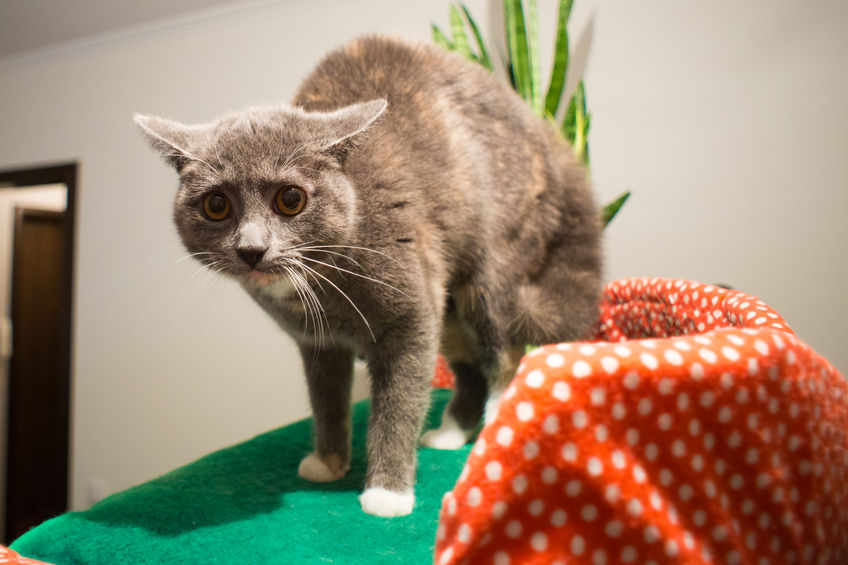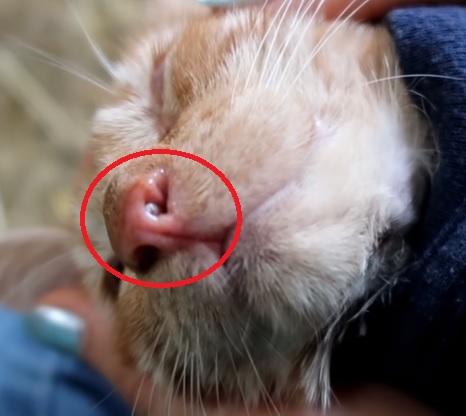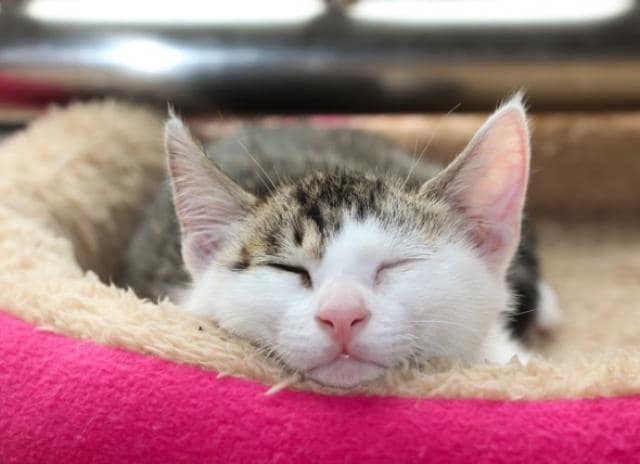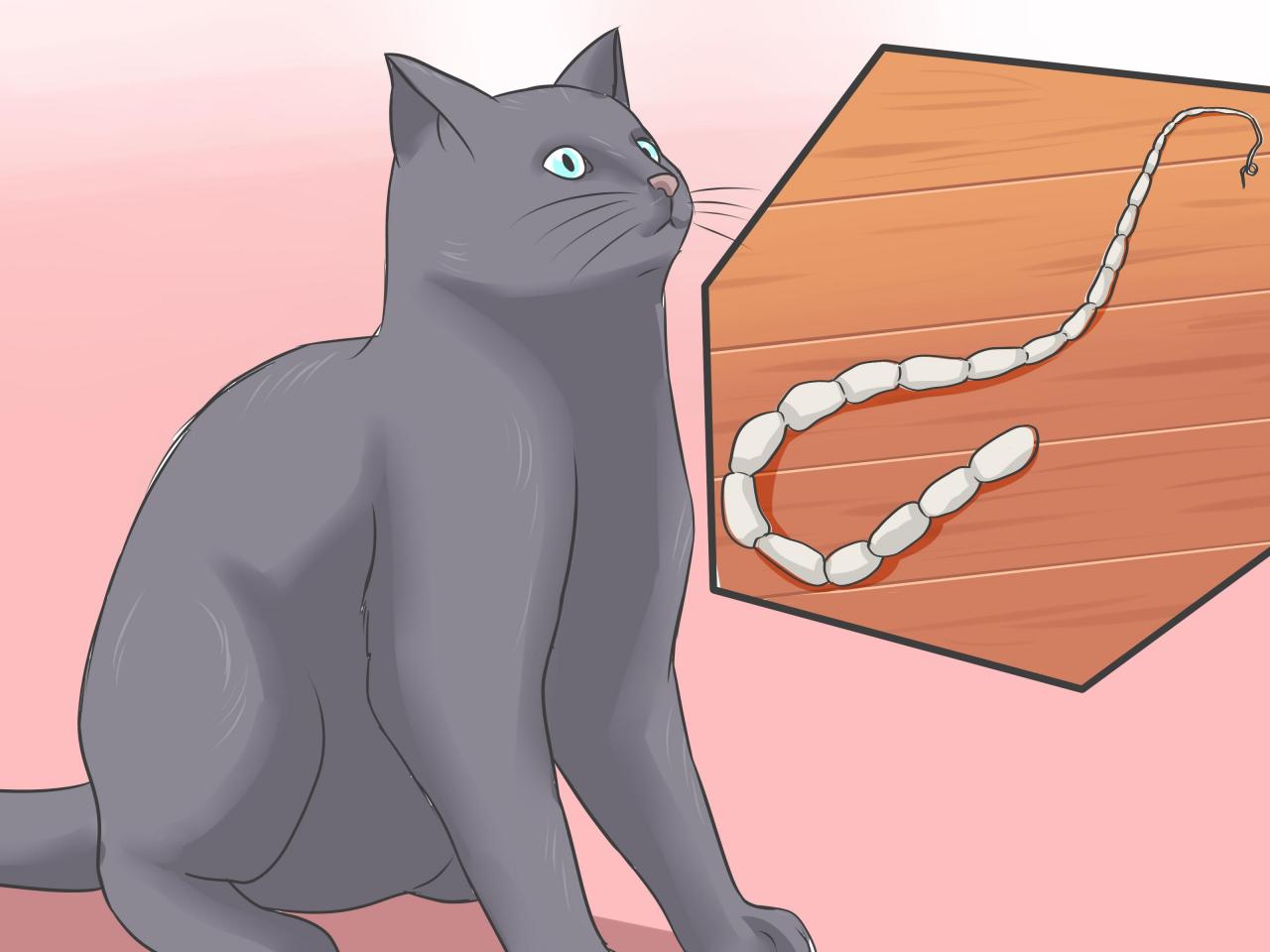Eew, tapeworms! We all hate them. No matter how much you love your little feline friend, but if ever they are infected by tapeworms, you definitely wouldn’t be able to adore it the same way. If you have ever petted a cat that spends most of its time outdoors or already having one right now, you’d be most probably aware of these disgusting critters. After all, every cat indeed develops this nuisance at least some point in its life.
The unfortunate part is that these worms are life-threatening in extreme cases; therefore, you definitely can’t take them lightly. But luckily, there are simple and convenient ways by which you can easily eliminate these disgusting fellows far away from your bundle of love. And the best part is that you can easily treat it at home only, so no need to visit those expensive vets.
Tapeworms aren’t just dangerous and disgusting to us, but they also keep your feline fellow irritated and uncomfortable at all times. And surely you wouldn’t love that! Therefore, to assist every cat-owner out there, here we have provided a full-fledged guide on how to treat these disgusting worms at home. Although the internet is filled with diverse information on this topic, yet it’s unable to provide comprehensive information, which ultimately leads to further confusion.
So if you have a cat at your place, whether having tapeworms or not, this article is a must-read for you!
So what are Tapeworms?

Just like humans, it’s normal and healthy for a cat’s stomach to have microscopic organisms. However, at times, the eggs of parasites enter the digestive system of cats and develop into adult worms that steal the nutrition from food. In turn, these adult worms produce more worms that shed through feces and spread further.
Tapeworms in cats are long, and white-shaped worms, with a hooked-like mouth that gets attached to the wall of the cat’s intestine. Unfortunately, these little critters can grow up to 20 inches, yet most are 8 inches. This clearly shows how serious these tapeworms can be. With time, these tapeworms mature and start shedding segments of approximately the size of a rice grain, which eventually passes into the cat’s feces. Once outside the body, flea larvae eat up the eggs of tapeworm, and its life cycle begins again.
How do Cats Get Tapeworm?
Now, this is the frustrating part, as to treat tapeworms in cats; it’s foremost important to know how do feline fellows get these. The two most common types of tapeworms normally found in cats are Pyridium caninum and taenia taeniaeformis. Now, Dipylidium caninum worms are spread by the flea larvae that have already consumed eggs of tapeworm. In turn, when the cat catches the flea and eats it, the tapeworm egg starts developing inside the intestines of the cat. On the other hand, taenia taeniaeformis enters the cats when it feeds upon a rodent, which is already hosting tapeworm larvae—both of these types of gates attached to the intestinal walls and mature within 2-3 weeks. In case your cat has tapeworms, you’d observe spot rice-like grains in the fur nearby your cat’s anus and even in the feces.
How can tapeworm harm your cat?

Tapeworms are disgusting and gross, and veterinarians around the world consider them as a parasite. Although they are unlikely to cause any prevalent harm, these worms can surely make you and your cat’s life miserable. They would keep your furry bundle of love extremely uncomfortable at all times. In case of heavy infestation, these tapeworms may break off from the small intestine and enter your cat’s stomach, where they will steal off the nutrients. This may result in weight loss in your cat. Not just that, your cat may even start vomiting out still-alive tapeworms in case of extreme infestation.
Treating a tapeworm Infestation at Home
Now that you know where these disgusting worms come from, you can jump on to its treatment. However, there are various medicated treatments available to treat this issue; why spend money visiting a vet repeatedly when you can treat it at home. Yes, luckily, these tapeworms can be conveniently treated at your home, with the right natural products.
Diatomaceous Earth
Are you looking for something incredible for those filthy worms? Diatomaceous Earth is exactly what you need! Diatomaceous Earth is a natural product composed of grounded silica exoskeletons of micro-diatoms. Luckily, this is safe for cats and dogs; however, for earthworms-it’s Fatal!
How’s that so? Well, these microscopic diatoms have ultra-sharp edges, which can effectively rip the tapeworms, ultimately causing them to dehydrate and die. Besides, you can conveniently get Diatomaceous Earth from your local farm or garden supply store.
It would probably be labeled as non-caking livestock feed, but luckily you may add it to your cat’s feed to eliminate intestinal parasites. Also, you may use this Diatomaceous Earth at places where your feline friend spends most of its time, whether indoors or on the lawn, since it will act as a natural pesticide to eliminate contagious fleas.
How to use Diatomaceous Earth as a natural Dewormer?

To eliminate intestinal tapeworms, mix a single teaspoon of Diatomaceous Earth in your cat’s feed. In case you have multiple cats at your place, try to feed them separately with a single teaspoon of earth added. But you must understand that diatomaceous earth is an effective but slower treatment when compared with medicinal dewormers. Therefore, your utmost patience would be required.
With that, diatomaceous earth can also be utilized on your household pets that spend most of their time outdoors and are at risk of picking up fleas. This is a preventative measure to keep your pet away from intestinal worms. Not just that, you can even rub diatomaceous earth on your feline’s fur to kill fleas that carry eggs of tapeworms.
Pumpkin Seeds
Pumpkin Seeds are another exceptional natural remedy to treat tapeworms at home. As the seeds and anti-parasitic in nature, they can kill both the larval and adult tapeworms. Plus, they are loaded with a wide array of vitamins and minerals, so they are ultimately pretty good for your feline friend.
How to use Pumpkin Seeds as a natural Dewormer?

To eliminate intestinal tapeworms, add a single tablespoon of crushed pumpkins seeds in your cat’s feed regularly for at least 21 days. Within this period, you will start witnessing results.
How to prevent Tapeworm Infestation in the first place?
Tapeworms are a nuisance for your cat. Thus it would help if you took certain measures to prevent it in the first place. The ideal approach suggests limiting your cat’s exposure to critters if it has already ever been infected by the tapeworm. Besides, vets also recommend always keeping your cat’s litter area clean by disposing of the litter immediately. If your cat prefers outdoors, make sure to keep it away from eating rodents and thoroughly clean her after coming back. Plus, get your vet to check the stool of your cat every once in a while for examination.
Besides, your vet may also recommend a routine flea preventive medication, which you must give throughout the year. Mostly tapeworm is contracted to pets from other household pets only, so keep an eye on your other household pets as well.
Conclusion
Conclusively, I’d say if you have a feline fellow at your place, and you ever observe symptoms of a tapeworm infestation, get ready to take action immediately. You may consult your vet or go for effective home remedies, which aren’t just convenient but will also save your money while providing a gentle treatment to the cat. By following the above-stated remedies, you’ll observe visible results in a short period.
We hope our article provided you with all the necessary information to deal with tapeworm infestation in cats. Do let us know your experiences with tapeworms in cats below!
